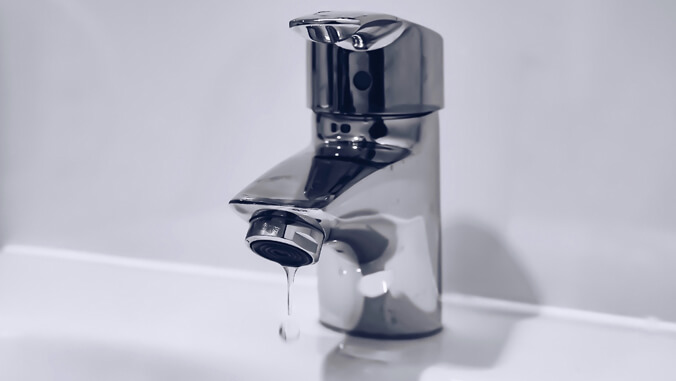Pandemic Sheds Light On Tourism Impact On Hawaiʻi Water Supply
The relationship between tourism and water use on Oʻahu during the COVID-19 pandemic is described in a new study by University of Hawaiʻi at Mānoa researchers. They
 They hope results of the study will shed light on the impact that the tourism industry has on, what they describe as, the precariously-balanced water supply.
They hope results of the study will shed light on the impact that the tourism industry has on, what they describe as, the precariously-balanced water supply.
As expected, hotel water use plummeted with the decrease in hotel occupancy. A 1% decrease in hotel occupancy was found to be associated with a 0.46% decrease in hotel water use. Lawn irrigation, air conditioning and other “fixed” water uses are thought to explain the lack of a one-to-one relationship between hotel water use and occupancy.
Interestingly, no significant relationship was found between residential water use and Airbnb reservations, despite the similarly large drop in Airbnb reservations seen during the pandemic. Several factors may have contributed to this:
- For privacy reasons, the precise address of many Airbnbs is not publicly available, which resulted in the need to aggregate the data. However, even after concentrating only in areas with a high density of Airbnbs, no significant relationship could be found between water use and Airbnb reservations.
- Another confounding factor is the shift to work-from-home for residents of Oʻahu. Residents remaining at home and using water there instead of at their places of employment may have offset much of the decline in water use due to the absence of Airbnb guests.
- Finally, the summer of 2020 was warmer and drier than average, which may have also driven water use higher than normal.
Near complete reliance on groundwater
The importance of water management is accentuated when there is near complete reliance on groundwater as is the case in Hawaiʻi, where 99% of drinking and half of all water use is sourced from aquifers. There is growing evidence that available freshwater resources on the island of Oʻahu have been diminishing over time. The number of tourists visiting the island grew by 50% between 2009 and 2019, with the number of tourists reaching about 12% of the resident population. Examining the impacts of the tourism industry on the water supply is especially important given the potential climate change effects on water availability and further expansion of the tourism industry.
On Oʻahu, residential water consumption accounts for about 55% while hotels and resorts account for about 5% of total municipal water use, but in per-capita terms, tourists use approximately the same amount of water as residents. This study examined how the amount and distribution of water consumption on the island shifted during the pandemic. Researchers used water metering data from the Honolulu Board of Water Supply, measured tourism levels, hotel and Airbnb occupancy, and foot traffic recorded in locations frequented by tourists.
Interpreting study results
Researchers emphasized that care should be taken when interpreting the results beyond the scope of this analysis. The significant disruptions caused by the pandemic followed in the wake of extremely high capacity utilization in the tourism industry. The negative shock created (temporary) “slack” in the system, and we likely only observed a partial adjustment in water consumption. Further work is required to determine whether these results carry over for more marginal changes, like a gradual change in tourism over time. Also, had the tourism industry experienced a positive shock, it would have been pushing against existing capacity constraints, a situation opposite what occurred during the pandemic. Applying the relationships found here to an increase in tourism may not be appropriate since increases and decreases in tourism may affect water consumption the same way.
Read more UH News stories from UHERO
The study was published in the Annals of Tourism Research in September 2022. It is co-authored by UH Economic Research Organization (UHERO) Research Economist Nathan DeMaagd, UHERO Research Economist and Associate Professor of Economics Peter Fuleky, UHERO Associate Director Kimberly Burnett and UHERO Research Economist Christopher Wada.
UHERO is housed in UH Mānoa’s College of Social Sciences.
Publication: Nathan DeMaagd, et al. Tourism water use during the COVID-19 shutdown: A natural experiment in Hawai‘i. Annals of Tourism Research, (2023). DOI: 10.1016/j.annals.2022.103475
Original Story Source: University of Hawaii at Manoa

 Alerts Sign-up
Alerts Sign-up